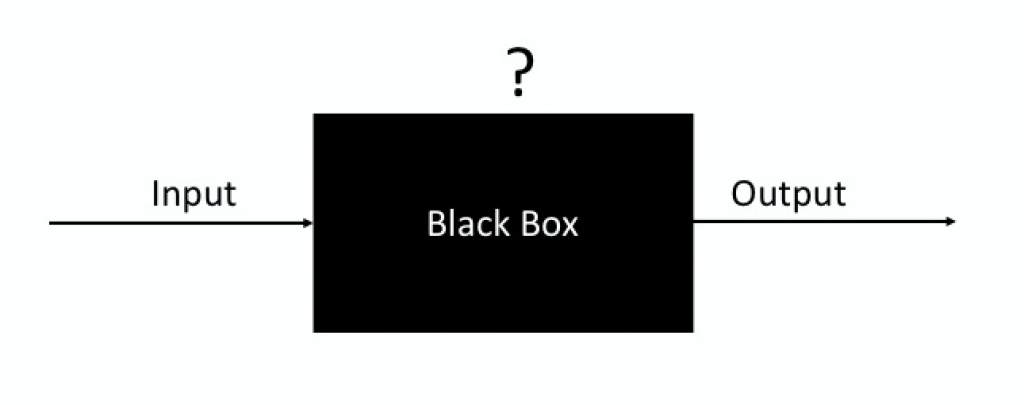CHALLENGES OF AI-BASED ADOPTIONS: SIMPLIFIED
April 19, 2019
According to this McKinsey article, 70% of the organizations might adopt at least one form of Artificial Intelligence-based technology by 2030. By the end of the same decade, PWC predicts that AI could contribute up to $15.7 trillion to the global economy, which is more than the current GDP of India and China put together. Perhaps no other technology has been rapidly absorbed as AI but there are challenges at different levels as we adopt AI enabled applications and devices in our daily lives.
Inability to explain outputs
AI models work on the principle of correlation rather than causation. Due to their black box nature and complexity, AI makes it difficult to explain what factors led to a problem. Things become even more complex in the case of Deep Neutral networks or Deep Learning which could have several hidden layers and hundreds of neurons to calculate predictions

This condition of Explainability (or the lack of it) can be a challenge in fields which require transparency. For example, if an AI algorithm is able to detect pancreatic cancer in early stages, then it gives doctor a better chance to treat the health problem. However, it also puts the doctor in a position where he/she has to provide an explanation of their diagnosis to the patient. It is likely that AI models arrived at this “conclusion” based on training data of historical pancreatic cancer cases; because of this, the doctor will not be able to explain what factors led to the diagnosis.
 Transfer learning
Transfer learning
As human beings, we are able to pick up transferable skills from our experiences that we could apply to a new learning process. For example, imagine that you are learning a new language – if you already knew a language that has a common vocabulary with the one that you are learning, it would make your learning process that much easier.
Transfer learning is the ability to shorten the learning curve for a given dataset based on learning from previous data sets. AI algorithms are not able to completely transfer their learnings from one experience to another and hence may require starting from scratch. This contributes to inefficiencies.
Choice of Data
The complexity of machine learning and deep learning comes from data and not the code. Good quality and representative training data contributes to reliable AI models that can predict more accurately. For example, if you are in the mining business and plan to use AI to find out if you are making profits, then you will need mining specific data to build reliable models for prediction.
Here is another example to illustrate this point – let’s say you are building an AI engine to provide recommendations for your global ecommerce website, but your AI output is based on web analytics gathered for one particular country. Implementations based on such recommendations are less likely to yield desired business outcomes at global level since the insights are based on data gathered from one country.
Not having the right AI Strategy
Not unlike other new technologies, AI needs to be rolled out in incrementally to ensure high probability of project success – building and rolling out incrementally enables organizations to fail fast and learn from that experience to do better in next iteration. Such an approach will require an organization to start with carved out use cases supported by rich historical data (for training the AI model) and align teams with right skill set to pilot implementations.
AI readiness of countries
As discussed in my previous article, some countries are leading the game when it comes to policy making – Estonia plans to give legal recognition to AI while India has a unique policy for social inclusion. But many countries still don’t have a formal policy framework to seize the social and economic benefits of AI.
Another challenge is the shortage of skill in some countries. STEM is considered a vital human capital skill to work alongside machines. Distribution of this skill is presently not even. For instance, India or China produces more STEM graduates than US and Russia put together.
Thank you for reading this article and hope you were able to take-away some pointers. Are there any other challenges that you see as we absorb AI into our daily lives?
Featured image by Mikito Tateisi

 English | EN
English | EN 
